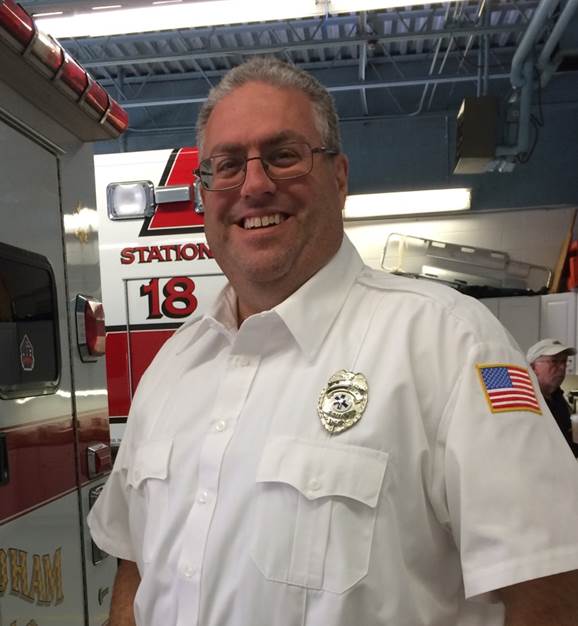|
As class heads in to our third quarter, the materials and skills shift from understanding medical emergencies and associated Nature of Illness (NOI) to traumatic injuries and their associated Mechanism of Injury (MOI). Trauma is generally considered the gorier part of EMS, and deals with direct bleeding, fractured bones, and other physical injuries to the body that generally result from the application of an outside force on the patient. As such, there are a wide number of practical skills involved in providing interventions to our patients, including proper techniques for bandaging and tourniquet application. But trauma isn't always obvious. Car accidents, sports injuries, slips and falls can all cause traumatic injuries to bones, muscles and internal organs, often with no visible external injuries. Some of these internal injuries are treated almost exactly the same as internal bleeding caused by medical issues, such as acute abdominal pain due to appendicitis, or altered mental status due to stroke. . But the effects of the MOI are supposed to guide us to an index of suspicion that there may be more going on with our patients, concerns that may require more care and a deeper assessment for injuries that just simple pain or confusion would appear to warrant. So we get a bit more touchy-feely with our fellow students, and start learning to look for DCAP-BTLS. As we learned earlier in class, altered mental status (AMS) is a sign and symptom of a number of medical conditions, from relatively simple hypoglycemia (low blood sugar) to more life-threatening stroke from insufficient perfusion of oxygenated blood to the brain.
If you were to come across a patient with AMS sitting on a park bench, you may initially suspect a medical condition, especially if they were in exercise clothes and wearing a medical alert bracelet indicating a history of diabetes. But put that same patient in a car seat (driver or passenger), add a deployed airbag and a cracked windshield, and the situation changes. The MOI is now more indicative of a traumatic injury causing bleeding in the brain, which can also lead to stroke and AMS. More importantly, the MOI increases suspicions that there may be other underlying physical effects, including cervical spine injuries, that need to be managed as well. We continue to build on the skills we learned from doing medical assessments, with a greater focus towards "hands on" evaluations, through both rapid and detailed full-body scans that require us to learn to feel, listen and look for unseen and often hidden injuries. Using the mnemonic DCAP-BTLS, we're guided to recognize Deformities, Contusions, Abrasions,Punctures/Penetrations, Burns, Tenderness, Lacerations and Swelling, Interventions, including c-spine immobilization and splinting are being practiced along with related skills for extractions and moving & lifting of patients to that we continue to "do no harm". As part of this, we're practicing using backboards, cervical collars, and a Kendrick Extraction Device (KED), used to safely remove patients from cars or chairs when there is a suspected spine or neck injury. My experience with the Mendham First Aid squad over the last 18 months is that the number of medical issues we are dispatched for generally outweigh those dispatched for traumatic injuries. But even a medical issue that causes a patient to faint (or have a syncopal episode in EMS-speak) can lead to a fall. And the fall can lead to traumatic injuries that are just as critical, if not more life-threatening, that the medical issue itself. Obvious traumatic bleeding is actually relatively easy to control with direct pressure and bandaging. Being able to recognize the hidden, more crucial injuries that are the result of a traumatic event acting upon the patient, however, is a far more critical skill for am EMT to master. And this is what our current classwork has been focusing on -- building our powers of observation and deduction for MOI, and our skills in establishing proper index of suspicions and detection of potential issues requiring interventions on our part.
0 Comments
Your comment will be posted after it is approved.
Leave a Reply. |
AuthorJon Alperin, one of our MFAS volunteers, shares his journey to becoming an NJ certified EMT. from the Start
Here is Jon's journey, presented in time order:
Archives
June 2016
Categories
All
|


 RSS Feed
RSS Feed
